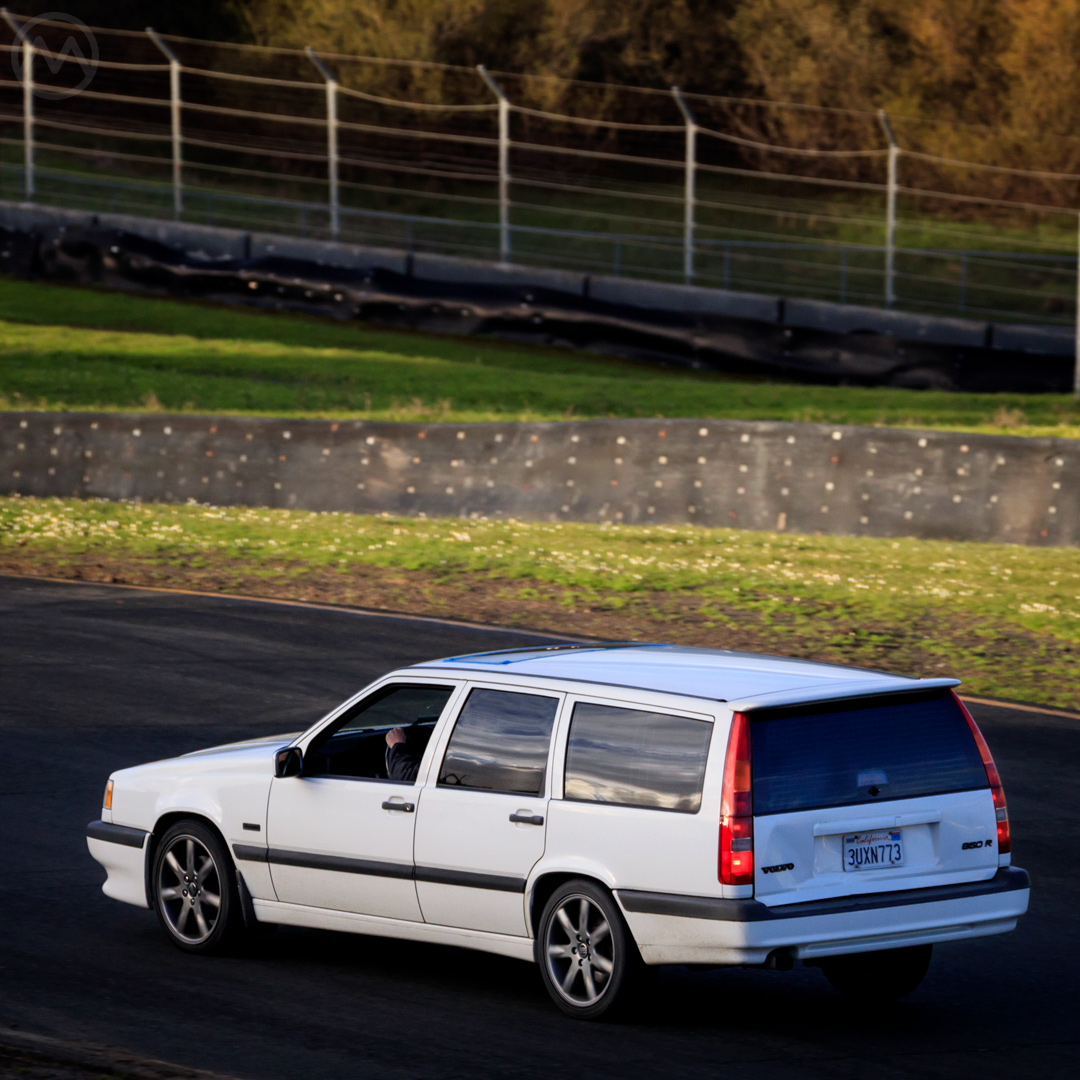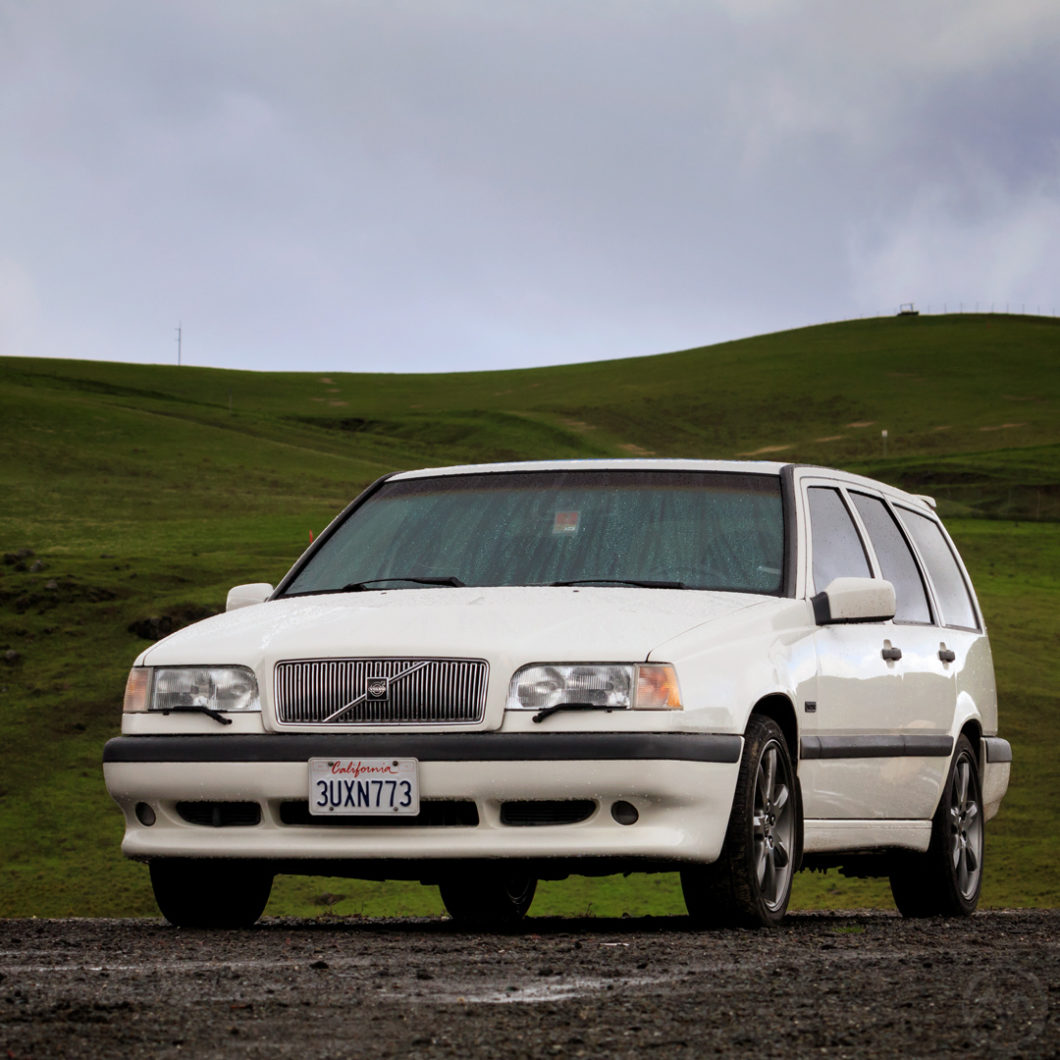It took 13 years to bring to life and ended up the most expensive project in Volvo’s history (and the most expensive in Swedish industrial history at the time) – but on June 11, 1991, the Volvo 850 finally arrived – introduced at Stockholm’s then-new globe arena.
What became the 850 began in 1978 as “Project Galaxy,” created in response to Volvo’s feeling that it needed to modernize in the face of new global competition and a fuel crisis. Ultimately the project would yield two totally new Volvos, a smaller 300-series replacement (G1), and a larger car to replace the 200-series (G2).
A Galaxy with Many Solar Systems
These cars would truly be all-new: new platforms, new engines, near gearboxes, the works. The original prototype for both cars, the G4, was ready by 1980. The G1 was spun off to Volvo Cars BV in the Netherlands (who had been participating in the project since its inception) in 1982, becoming the 400-series. As the 700-series came to market, work on the larger G2/850 then began in earnest.
The new engines of the 850-series were at first called the “X-100” and they were mated with a new gearbox (the M-series, necessarily small to fit in small spaces) developed for the new cars. Later, Aisin-Warner developed a similarly diminutive automatic for the cars, which Volvo knew was a requirement for North America.
The aluminum “Modular engine” took eight years to reach production, but yielded 26 years of potent, durable motors – the last ones were built in 2016. The 850 used only Inline fives, but there were also fours and sixes and they were also designed to work with the rear-drive 900-series.
Early X-100 prototypes were tested out in a Chevy Citation – about the size of the original G2 idea. The rear suspension was a unique “Deltalink” hybrid of trailing arms and beam axle. In the late 80s, the design was tweaked by a “Driving pleasure group” to make it more fun to drive, a decision that would be more than validated by the sporting versions of the 850 later.
Meanwhile, the structure of the car was reinforced by Nils Bohlin’s Side Impact Protection System (SIPS) late in the game. By then, the project had grown in scope and complexity and its internal development names kept changing.
The 850 Takes Shape
By 1988, it was clear to the outside world that a new car was on the horizon when prototypes were spied testing in the United States. The “850” name was chosen because it slotted between “700” and “960.” But still the project wasn’t finished.
In 1983, Jan Wilsgaard and Lasse Petterson had both presented ideas for how the car should look. They were both angular and clearly had a Volvo family resemblance with the “project 1155” 700-series, but they were smoother and smaller.
Petterson’s version looked a little like a Talbot Tagora, Wilsgaard’s more contemporary looking proposal ended up getting the nod. Because the project dragged on, the lines were progressively softened during development – at a time when angular gave way to Jellybean. The final style changes were done in 1989, but then there were tooling and production delays.
Coming to America
The car didn’t arrive stateside until the 1993 model year, about 16 months after the Stockholm debut. It was at once unfamiliar and familiar – boxy but aerodynamic, and offered as a sedan and capacious wagon. It was unmistakably Volvo – bearing a strong familial resemblance to the 900 but was also clearly more modern.
North America was never offered the smaller 440/460, which were even closer in style, and a plan to offer the 480 here was cancelled at the last minute due to currency exchanges. Thus the 850 was the first front-drive Volvo North America was exposed to.
Regular versions of the car quickly established themselves as durable and practical but also good handlers. The best versions, however, were the Turbos.
Swedish Speed
The first 850 Turbo, in 1994, made 222hp and could hit 60mph in just over 7 seconds – territory which only a year or two earlier was Mustang GT turf. But the real superstar 850 was 1995’s T-5R, offered in Yellow, Black or Green. The 243-hp limited production special drew huge attention for its combo of speed and sleeper looks.
The success of the T-5R spawned the higher-volume 250-hp 850R (240-hp in U.S. form) for 1996, which continued on sale into early ’97. This is one of those last 850Rs, and famously the cars were as almost as popular as wagons as they were as sedans. The wagon’s image was bolstered by a Tom Walkinshaw Racing’s 850 estate BTCC cars.

The 850 was a good driver and handler even for a front-drive car stuffed with turbo power, and the 850 T-5R an instant classic. The 850R followed as a higher-volume version, but by then the 850 was soon to be updated into the S70/V70 (which also had an R version). In the U.S., 850Rs were limited in color choices (Red/White/Black).
Production of the 850 ended in mid-1996 as the facelifted and updated S70/V70 took over. Eventually the platform, which also got an AWD component, was labeled “P80,” and lasted into 2005 when the final Mk1 C70 Convertible was built.
This Polar White 850R was seen at RADwood Sonoma in 2019.

